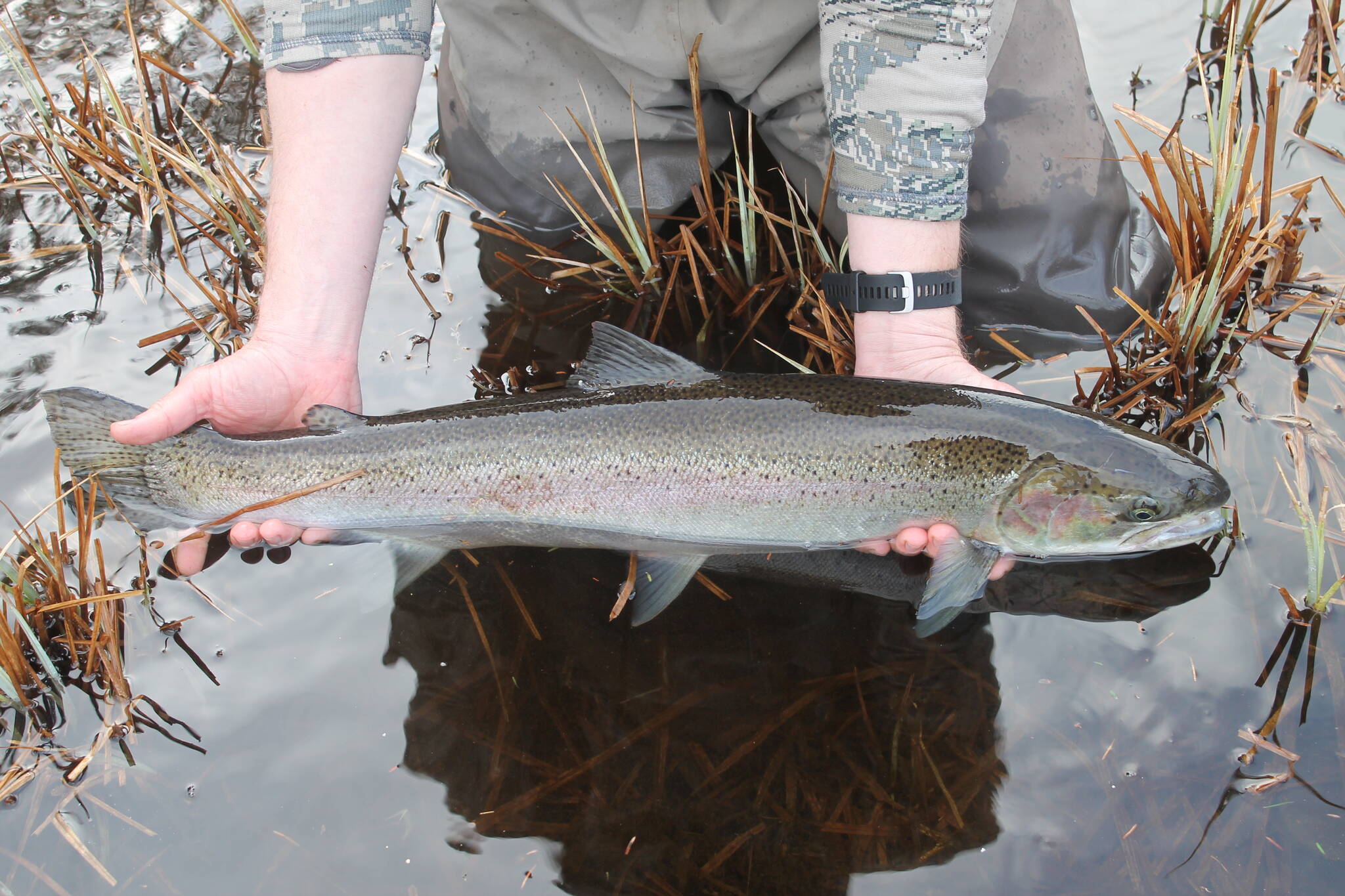Sometimes I wish I didn’t know.
Before I did, it was just the river and they were just salmon. How many days, hours or experience didn’t matter. Plans were based on a whim and saving was resisting the temptation to buy candy when you needed another lure. There were no deadlines for the recap and sure as heck were no digitized likes. Just make sure you don’t have too many fish for the handlebars of your BMX.
I didn’t know and I didn’t care that my home river was a river of dreams or that people sacrificed to save enough money to make it happen. Turns out, it (and other similar rivers) are worth talking about and whomever talks about the time they went there, is held in high esteem.
It was just a river with fish. Now it’s a symbol, a lifestyle, a business, a resume-builder, a whatever else we’ve turned the simple act of going to a river to fish. I lived where people dream about and didn’t know.
Now I know. But it’s not all bad. Far from it. It’s just more complicated. Back then flyfishing was a waste of time and steelhead were a fish with too small a run that were too hard to catch anyway. Why waste the time?
Now I know.
I was talking with a journalism student of mine about steelhead fishing the other day. He asked if I had been out. I said I had, but that I haven’t posted anything on social media about steelhead fishing this year. And I think I like it. I’m at that phase that’s part overthinking, part maturity, part elitist, part I don’t know. It’s not that I don’t think steelheading should become Fight Club, I just don’t feel like firing up the scoreboard.
It started last year, when for maybe the first time, I stopped at one. There were more in the seam, but I was happy, and left. I didn’t feel the unquenchable need to catch them all, or at least every single one willing to bite. I want to catch fish, no question, but it’s different now. I was the dude who took a picture of every single steelhead because the number mattered and I think I wanted to be revered or at least legitimized as an angler proficient enough to write about it. It was stupid. Unsustainable.
Plus, if one fish out of what I catch in a year dies from the experience, it matters. Especially in these smaller Southeast Alaska rivers where the runs are in the hundreds.
I paraphrased all that. The student nodded his head with understanding. He gets it. Steelheading is a personal thing, a personal decision regarding the deep love and appreciation for a fish that won’t make it to the dinner table. It’s one of the weirdest whys in outdoorsing.
He paused.
“I remember my two from last year.”
“Of course you do. You forget most of what ends up in the freezer, but those steelhead, they stick with you.”
He smiled. He already knows about everything else. This is a tourist town. It’s a charter fishing town. It’s a resource use/exploitation town.
Maybe I’m glad I do know. Sure it’s a fun exercise to want back the naive days of youth, but it’s also empowering to see the way things are, all things considered. Author Dylan Tomine (“Headwaters” and “Closer to the Ground”) writes about shifting baselines and how steelheaders in the Pacific Northwest are chasing the crumbs of what once was.
This is sad, and true. But it also makes just a single steelhead that much bigger. That’s something worth knowing.
• Jeff Lund is a freelance writer based in Ketchikan. His book, “A Miserable Paradise: Life in Southeast Alaska,” is available in local bookstores and at Amazon.com. “I Went to the Woods” appears twice per month in the Sports & Outdoors section of the Juneau Empire.

